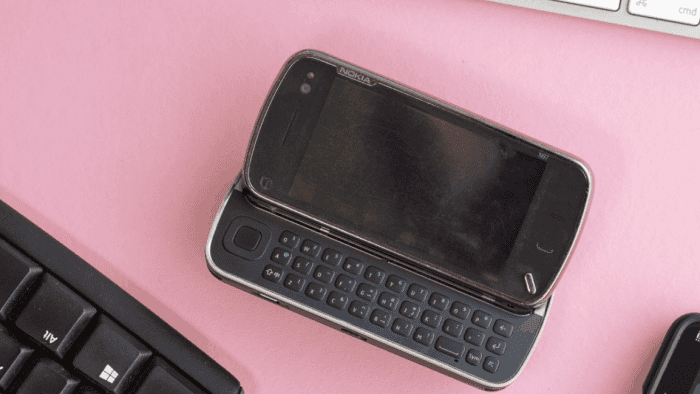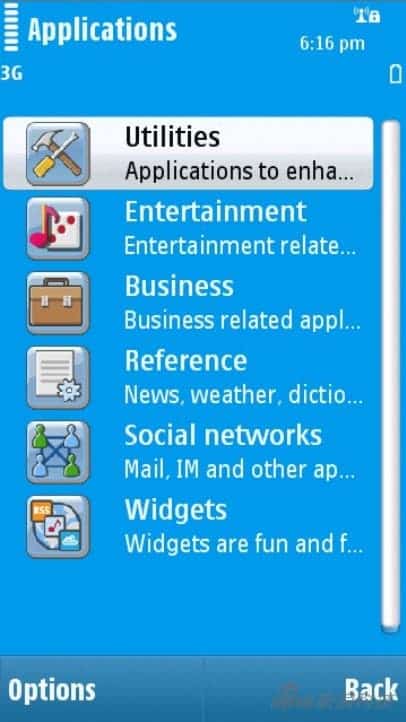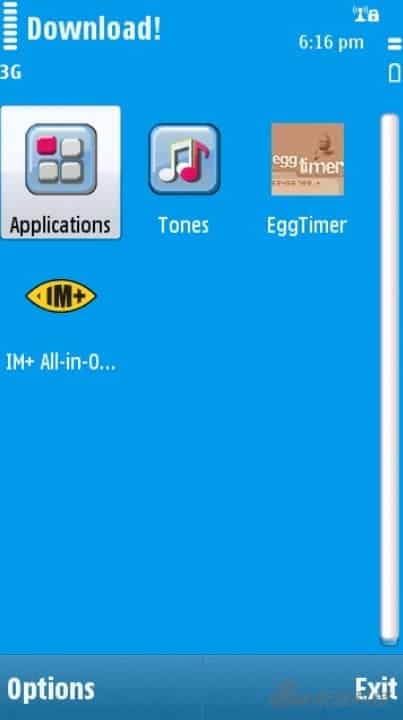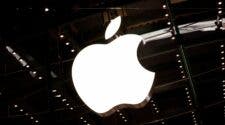Images credit: GSMARENA
The Nokia N97 is a 3G smartphone that uses the Symbian 9.4 S60 operating system from Nokia at the end of 2008. At that time, the iPhone was swiftly claiming grounds in the smartphone market. The mobile phone industry leader, Nokia, urgently needed a mobile phone to save its position. This task fell on the fledgling Nokia N97. However, this phone was a huge disappointment for Nokia. According to Anssi Vanjoki, Executive VP of Markets at Nokia, the shipments and revenue of this phone was great, however, it was “a tremendous disappointment in terms of the experience quality for the consumer and something we did not anticipate”.
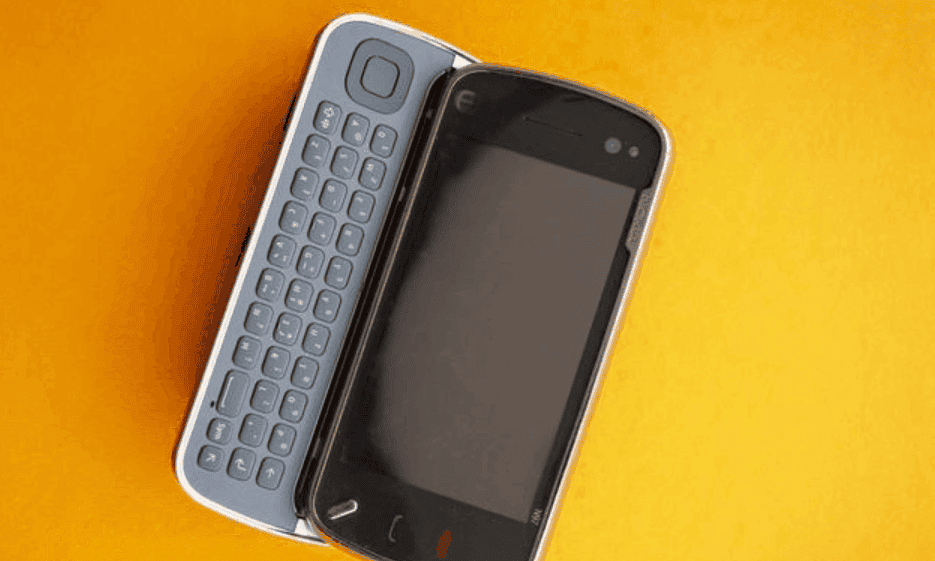
Nokia was still the leader of the industry at the time and could sell mobile phones based on its trademark alone. In the past, smartphones only ran a few applications and only had access to a limited network. The smartphones of the future must face sites similar to PC pages and run applications as complex as desktop computers, which far exceeds the hardware and software capabilities of the Nokia platform.
The iPhone made the touch screen popular, and the N97 also has a touch screen. The 3.5-inch screen has a video-friendly 16:9 aspect ratio and is larger than the screen on the Nokia 5800. However, it still uses resistive touch. In comparison with the capacitive touch, it is always a poor choice. It comes with much lower sensitivity and a lack of multi-touch support.
If there is something that Apple did right is to include the two-finger screen zoom. Of course, we can not ignore iPhone’s rich apps. In comparison, the offer from the Symbian system looks like a joke.
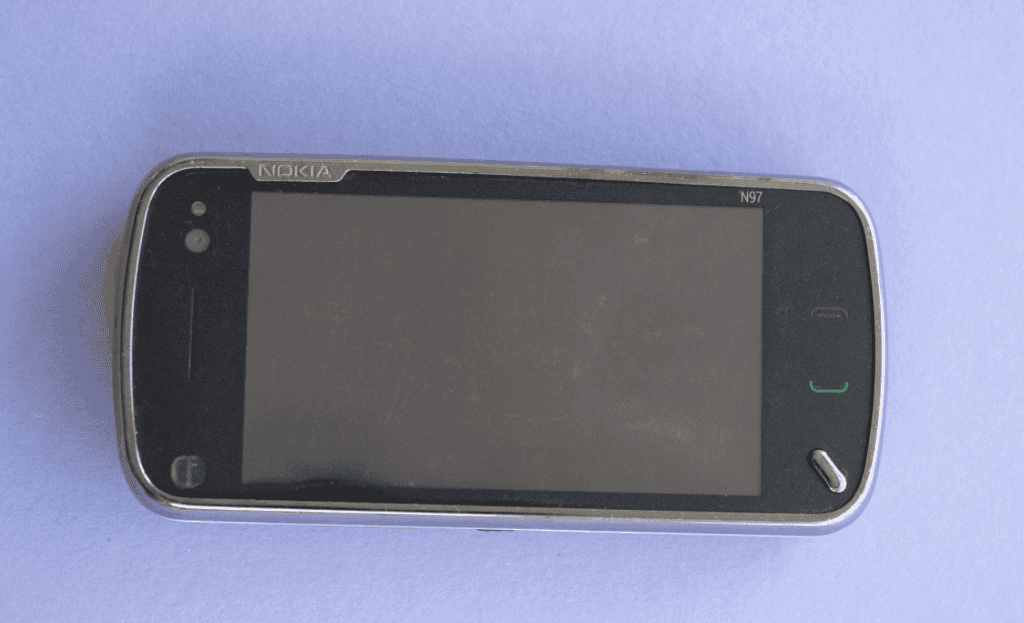
Why did Nokia N97 fail? – Top three reasons
This is a controversial issue, because it does not seem to have much to do with the N97 screen, and it is not even caused by the clumsy Symbian software. It is mainly because of Nokia’s mentality at the time, this is the real problem. N97 was launched in mid-2009. Its single-core processor clocked at 434 MHz and had only 128MB of RAM. After loading the operating system, there is only about 50MB of free space.
This is actually not a key factor, these parameters are the same as the original iPhone and the iPhone launched two years ago. In addition, N97 also competes with the iPhone 3GS with a 600MHz processor and 256MB RAM.
In fact, mobile phone processors at the time were very weak, and iOS did not learn to multitask until many years later.
1. Poor App support
The Symbian system has supported true multitasking for many years, but it runs a relatively simple App, which can easily adapt to the limited resources available. The point is that after Apple and Google opened the doors of their app stores, developers quickly turned to create apps and games for desktop computers, and N97 couldn’t handle such apps.
In addition to the underpowered hardware of N97, the failure to establish a competitive application store may be a bigger problem. In June 2009, Nokia’s Ovi Store had “up to 525 applications”. For comparison, Apple issued a press release in November 2009, claiming that its App Store can download 100,000 applications (a few months ago, the App Store reached 1 billion application downloads). At about the same time, the Android App Store had about 11,000 apps.
2. Poor Slide-Out Design – narrow keyboard
Nokia N97 has a slide-out design with a three-line QWERTY keyboard displayed below the display. That was an advantage at the time, but it was just another manifestation of Nokia’s outdated ideas. With the improvement of input methods, touch screen keyboards have become more accurate and soon eclipsed physical keyboards.
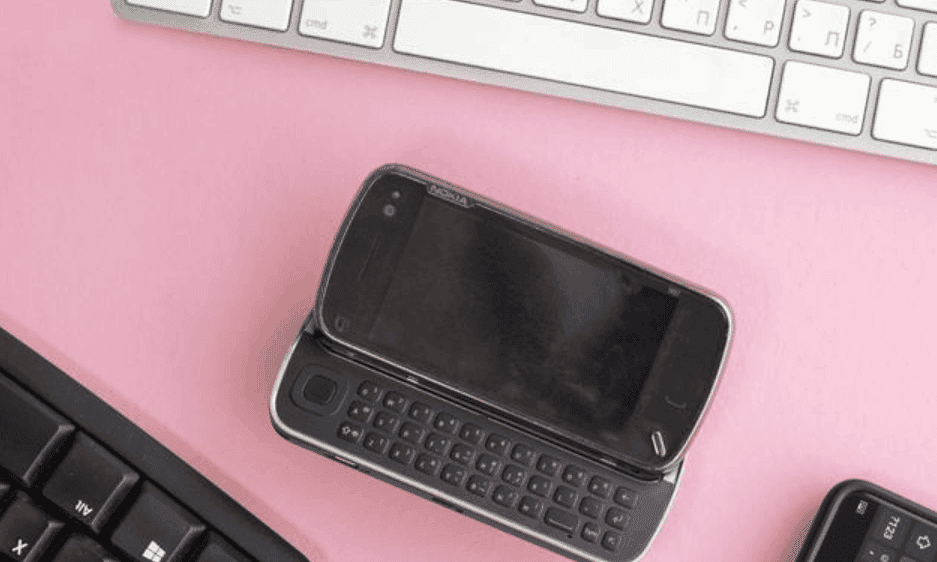
The touch screen even broke the typing speed record. Last year, the BBC reported that the average typing speed of smartphones was 38 words per minute, while the average typing speed of a full-size PC keyboard was 52 words per minute. The narrow keyboard on the N97 can never achieve this speed, and the touch screen is the future.
Although there are still people who miss the QWERTY keyboard, it is tomorrow’s mainstream user choice.
3. Quality issues
On the surface, the Nokia N97 seems to have the upper hand. It comes with 32GB of built-in storage and a MicroSD slot. It also has stereo speakers, a 3.5 mm headphone jack, and even supports FM, so users can enjoy multimedia anytime, anywhere. The maximum storage capacity of the iPhone during the same period was 16GB, as was the original Galaxy S launched the following year. Nokia also equipped its mobile phone with a 5MP camera with Carl Zeiss optics and supports 480p video recording at 30fps. The image quality of photos and videos is also very good, which is much better than the 3MP lens on the iPhone 3GS.
It is because of this beautiful hardware that the Nokia N97 sales hit 2 million in the first three months. However, the quality problems in the software and hardware development process disappointed consumers.
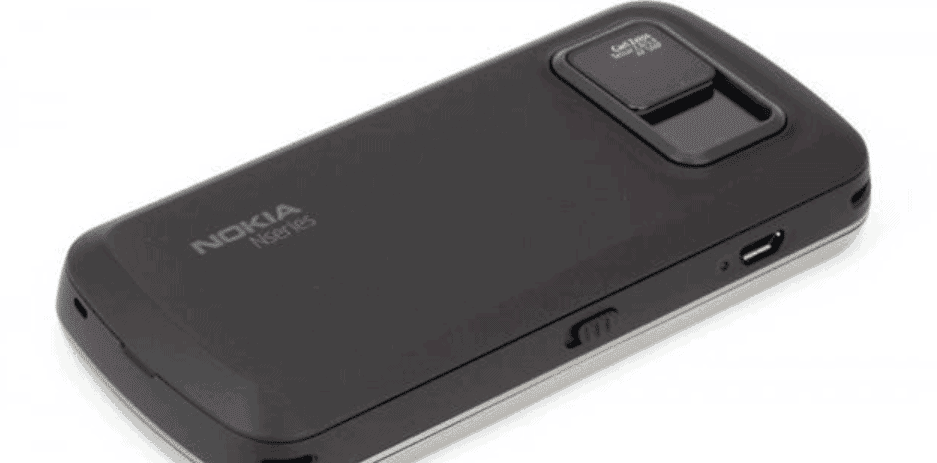
If you watch Vanjoki’s full interview, you will find that he hopes to solve software problems through OTA upgrades. If wants to improve the quality control of the production line. However, the damage has been done, and Nokia’s “iPhone killer” has nothing to do.
Conclusion
After the huge disappointment of the Nokia N97, there was no going back to the top for Nokia. However, the company began some powerful changes, when they fully turned to Microsoft’s Windows Phone. On the bright side, the WP7 system requires a hardware platform that is more advanced than the hardware platform Symbian was running at the time. On the downside, it’s also very terrible. WP7 is late and incomplete. It is just a semi-complete system.
Because of this, Nokia’s attempt to catch up with competitors failed woefully. The main reason was that the huge battleship at that time had no time to turn around and even less time to build a new ship next to the ship that was already on fire. Apple and a number of Android mobile phone manufacturers worked together to launch Nokia into the mobile phone industry.
The lack of development of the Symbian system is key to the failure of Nokia. Its Windows option did not do the company much good. We have seen so many operating systems go down because of poor app support. If a mobile phone brand relies on a sinking operating system, it will probably sink with the system.

